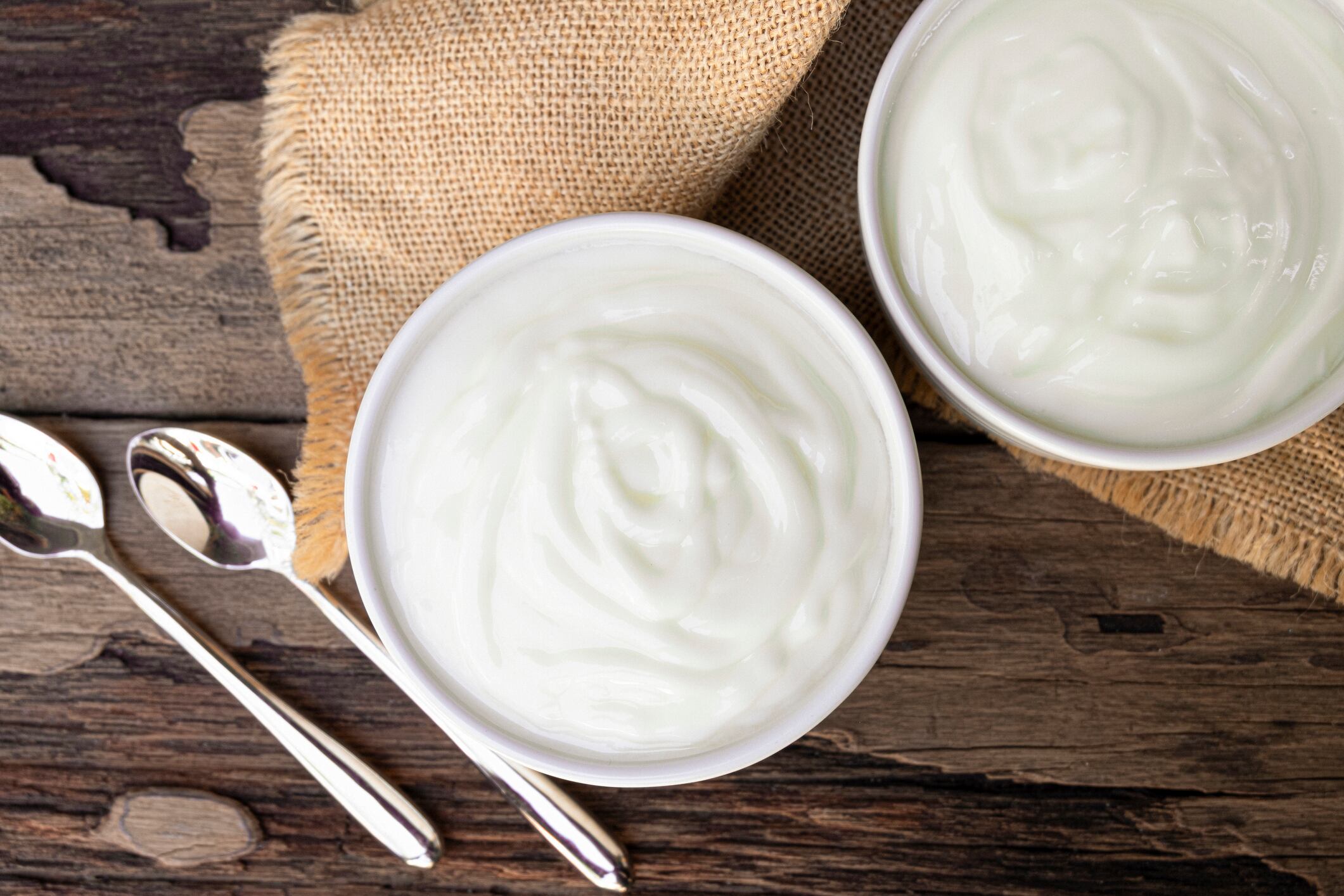The research – published in The Journal of Nutrition and funded by the International Scientific Association for Probiotics and Prebiotics (ISAPP) – represents the first classification of live microbes in individual foods consumed in the US diet. The extensive classification uses data collected from 74,466 children and adults through the Centers for Disease and Prevention’s National Health and Nutrition Examination Survey (NHANES) from 2001 to 2018.
“Numbers of live microbes must first be estimated for the most common foods and beverages eaten in America,” the research team explained.
“Thus, our primary aim was to assess the number of live microbes that are consumed in the diet by estimating amounts in foods and beverages reported by NHANES participants.”
Estimating viable microbial cell numbers and consumption
As a first step, the researchers assigned each food in the NHANES database an estimated range of live microbes, creating categories of foods with low, medium and high levels of colony-forming units per gram (cfu/g).
“These levels of Lo, Med, and Hi were chosen to reflect the approximate numbers of viable microbes expected to be present in pasteurized foods (<10 4 cfu/g), fresh fruits and vegetables eaten unpeeled (104–107 cfu/g), and unpasteurized fermented foods and probiotic supplements (>107 cfu/g),” the study stated.
Of the 9,388 food codes in the database, 8,954 were estimated to contain low numbers of living microbes such as processed American cheese, cooked meats, gravies and peeled produce. Over 85% of food codes assigned Med or Hi contained vegetables, fruits or milk and dairy, with the Hi category comprised primarily fermented dairy.
Despite the predominance of Lo category foods, a cross-sectional analysis determined that 20% of children and 26% of adults consumed foods with the high levels of live microbes in their diets. In addition, “the proportions of children and adults who consumed live microbes and overall per capita intake increased significantly” during the study period.
Quantifiable live microbes for health
This effort to associate live microbe estimates with individual foods is based on evidence that demonstrates the potential health benefits of ingested microorganisms for human gut microbiota. However, “links between human health and ingested live microorganisms in whole diets have yet to be directly investigated,” the study notes.
With an initial classification complete, the research team is calling for further research to disaggregate data by age, sex and race and to determine how exposure to live microbes in foods affects specific health outcomes or biomarkers.
“These additional studies will further elucidate the role dietary microbes play in health and help move us closer to making science-based dietary recommendations on live microbes,” the authors of the study concluded.
Source: The Journal of Nutrition
doi: 10.1093/jn/nxac074
“A Classification System for Defining and Estimating Dietary Intake of Live Microbes in US Adults and Children”
Authors: M.L. Marco et al.


